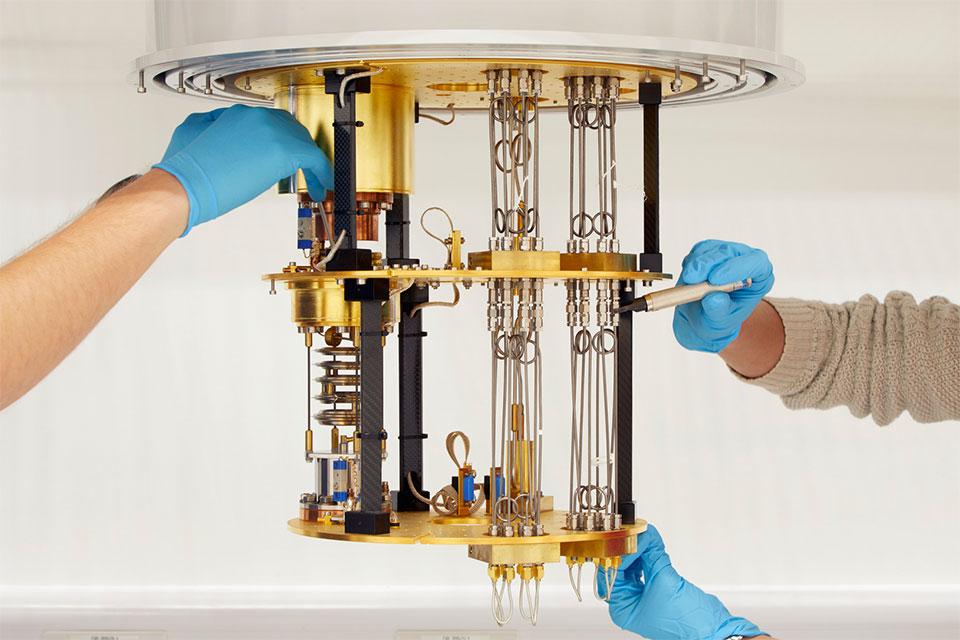Clarendon Laboratory, Department of Physics, University of Oxford, Parks Road, Oxford, OX1 3PU
Angelo Di Bernardo, Universität Konstanz, Department of Physics, Konstanz, Germany/University of Salerno, Dipartimento di Fisica “E. R. Caianiello”, Salerno, Italy
The generation of spin-polarized (spin-triplet) Cooper pairs of electrons at the interface between superconductor (S) and ferromagnet (F) materials has been demonstrated by various groups over the past two decades [1-5]. These experiments have paved the way for the research field currently known as superconducting spintronics (superspintronics) – which aims at exploiting spin-triplet superconducting currents in S/F hybrids to do spintronics with low-energy dissipation.
Technological applications based on superspintronics, however, appear still difficult to develop. One reason for this is because spin-triplet pairs must be driven out of equilibrium to do work such as, for example, exerting spin-transfer torque on a F. A second reason is related to the limited number of functionalities and forms of control which superspintronic devices currently have.
In this talk, I will describe the current challenges and open questions that superspintronics is facing. I will then present some recent results obtained by our group that suggest the possibility of generating spin-triplet pairs using material systems different the conventional three-dimensional (3D) S/F thin film multilayers used to date. The superspintronic systems that we are investigating include chiral molecules coupled to S materials [6] and van der Waals S/F heterostructures [7]. These systems are not only interesting from a fundamental point of view, but also because they can help engineer superspintronic devices with novel functionalities and forms of control.
References
- J. Linder, J. Robinson, Nat. Phys. 11, 307 (2015).
- T.S. Khaire, M. A. Khasawneh, W. P. Pratt, Jr. et al., Phys. Rev. Lett. 104, 137002 (2010).
- A. Di Bernardo, S. Diesch, Y. Gu, et al., Nat. Commun. 6, 8053 (2015).
- S. Diesch, P. Machon, M. Wolz et al., Nat. Commun. 9, 1 (2018).
- A. Di Bernardo, Z. Salman, X. L. Wang et al., Phys. Rev. X 5, 041021 (2015).
- H. Alpern, Μ. Αmundsen, R. Hartmann et al., Phys. Rev. Mater. 5, 114801 (2021).
- A. Spuri et al., pre-print at https://arxiv.org/abs/2305.02216 (Under review)

